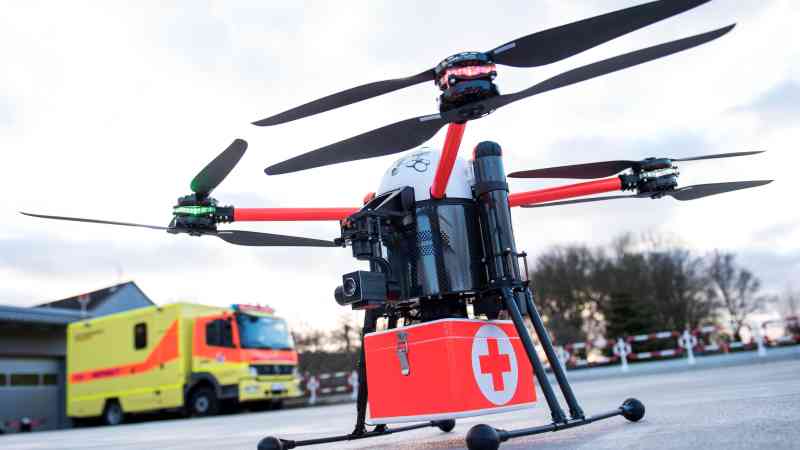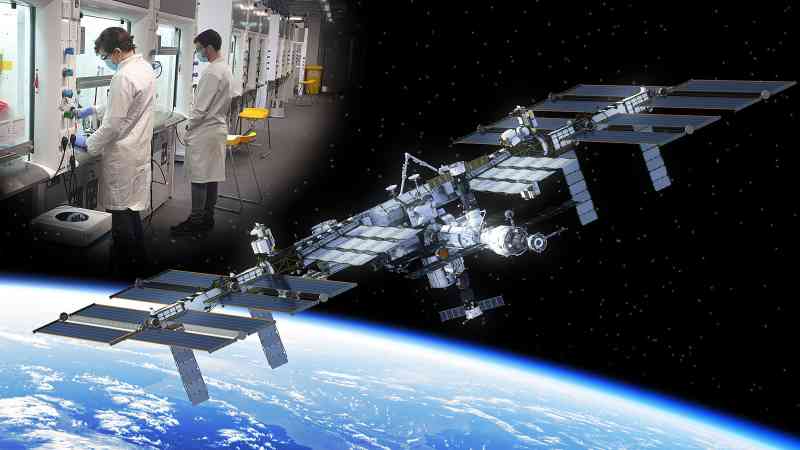Drone deliveries are closer to take-off under new rules
New rules allowing drones to operate freely near buildings and infrastructure will open the door to deliveries, including flying urgent medicine supplies to emergencies.
The Civil Aviation Authority will publish proposals on Tuesday to allow drones to fly alongside other aircraft — without the need to be segregated — and beyond the sight of the pilot.
The move will initially allow drones to play a far greater role in the fast delivery of medicines as well as the inspection of critical infrastructure such as railway lines, power lines and roads. It will eventually pave the way for a far greater use of the technology including commercial parcel deliveries by the likes of Amazon.
Flying beyond the line of sight allows operators to fly devices relying solely on the stream from the built-in camera on the drone, which is relayed in real-time to the controls.
Currently, drones must operate in “segregated airspace” and can fly out of sight of the remote pilot only in strictly regulated trials.
The new rules would require pilots to operate them at low heights and close to buildings or infrastructure, to avoid posing a risk to other aircraft.
Kevin Woolsey, the head of remotely piloted aircraft at the CAA, hailed the plans as a “positive step towards unlocking the next stage for drone flying in the UK”.
He said: “Allowing drones to fly beyond the sight of the pilot, without placing restrictions on other aircraft in the area, will be a major achievement for UK drone operations.”
The drones would be required to stay within 30 metres of buildings or within 15 metres of a “permanent linear structure” such as a road or railway.
They will also be able to be used on private property, without permission, so long as their height does not exceed 15 metres. The CAA believes this will help farmers and security staff on industrial estates.
The changes form part of the government’s “future flight programme” which aims to unlock the skies to the next-generation of aircraft including electric vertical take-off and landing aircraft (eVtol), such as flying taxis, and cargo drones.
The aviation industry is grappling with the pace of change. Regulators are acutely aware of the need to keep pace with the speed at which the technology is advancing.
It is expected that flying taxis will be operating freely in UK airspace within the next decade.
In December Nats, the UK’s air traffic controller, carried out its first live simulation of how an eVtol would integrate without interfering with commercial aircraft operations.
Nats is developing a new app-based platform allowing operators to file flight plans that would be processed, amended or approved automatically, without needing to talk to air traffic controllers.
In a similar way to how delivery drones will probably first be adopted at scale by major companies, such as Amazon, industry experts predict flying taxis will initially be used by existing airlines to offer first-class passengers transfers from airports into cities.
Within 15 years it is expected that the cost of trips will fall dramatically, threatening conventional taxis, especially for longer journeys.






